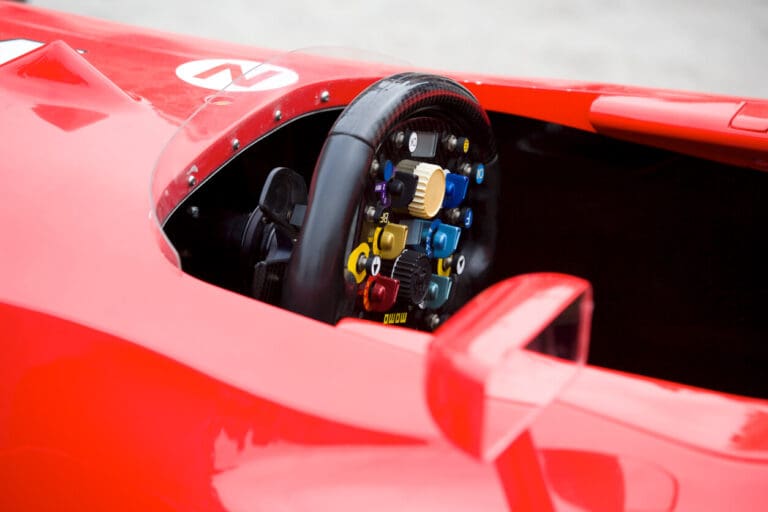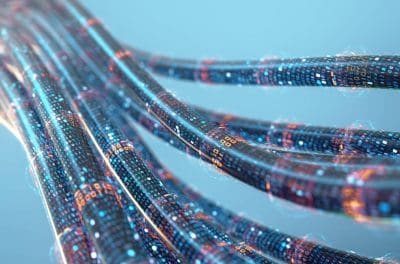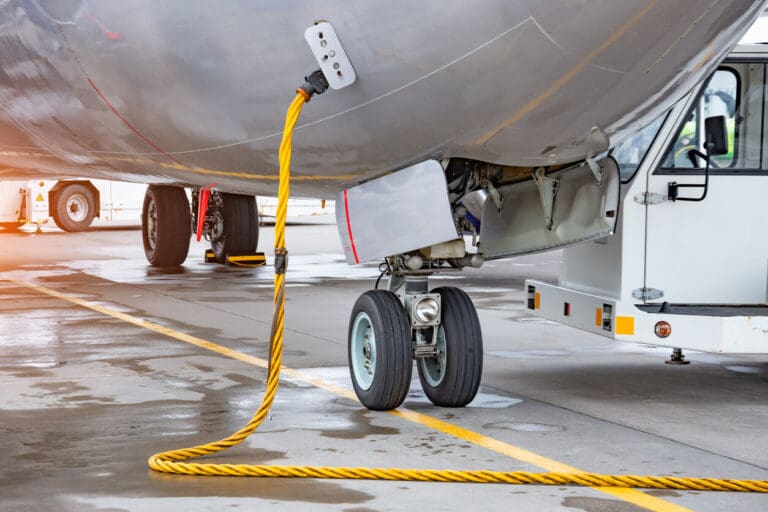
Are Motorsport Cables the Hidden Upgrade Behind Faster Lap Times?
Motorsport teams chase marginal gains in every area of the car, yet many still treat...
Read More
Seamless digital connectivity has become second nature in our modern world, powering personal interactions, business operations, and global trade. But have you ever wondered what lies beneath the surface, enabling this seamless digital connectivity? The answer lies in the complex network of marine cables, also known as submarine cables, which are the foundation of the global internet, telecommunications, and data exchange systems.
Marine cables are essential infrastructure, connecting continents and enabling global connectivity that powers the digital economy, communication, and much more. In this blog, we’ll dive into the significance of marine cables, how they work, and the innovations shaping their future.
Marine cables are undersea cables that are laid on the ocean floor to provide a physical link between different continents, countries, and regions. These cables are designed to carry massive amounts of data and communication signals via fibre optics, which use light to transmit data at extremely high speeds.
The global network of marine cables forms the backbone of the internet, supporting approximately 99% of international data traffic. These cables are crucial for everything from everyday internet browsing to online banking, video streaming, and even the global financial systems that rely on instantaneous data transmission.
Marine cables consist of multiple layers, including:
Marine cables form the foundation for all cross-border communications, making them indispensable to the functioning of the global economy. Here’s why marine cables are so essential:
High-Capacity Data Transmission
The sheer volume of data transmitted around the world every day is staggering, and marine cables are built to handle this capacity. Submarine cables can carry terabits of data per second, allowing for the fast, reliable communication required by modern industries. From video conferencing to cloud services, marine cables ensure that large volumes of data travel quickly between continents without significant delays.
Enabling Global Internet Access
Without marine cables, the internet as we know it simply wouldn’t exist. These cables provide the links that allow users from different countries to access websites, send emails, and use internet-based applications. As the global demand for high-speed internet continues to rise, particularly with the advent of 5G technology and cloud computing, the capacity and reliability of marine cables have become more important than ever before.
Connecting Financial Systems
The financial world relies heavily on fast and secure communication networks. Stock markets, international banking systems, and payment gateways depend on marine cables to execute transactions, trade stocks, and facilitate global commerce. Marine cables are critical for reducing latency in these systems, enabling real-time financial operations across multiple time zones.
Supporting Cloud Services and Data Centres
The growth of cloud computing has been one of the defining features of the modern internet. Companies around the world rely on cloud storage and data centres to store and manage vast amounts of information. Marine cables link these data centres and cloud servers, allowing for the transfer of information and enabling the seamless functioning of digital services like remote work, data storage, and digital collaboration tools.
The global infrastructure for connectivity would be impossible to achieve without marine cables. They not only connect countries and regions but also provide vital links for various industries, such as telecommunications, shipping, energy, and more. Here’s how marine cables contribute to global infrastructure:
Connecting Emerging Markets
As developing nations strive to improve their digital infrastructure, marine cables play a key role in providing them with access to the global internet. New submarine cables are being laid in regions like Africa, Southeast Asia, and the Middle East to help connect emerging markets to the global network. These cables enable greater access to digital services, foster economic growth, and improve access to education, healthcare, and other essential services.
For example, the 2Africa submarine cable project is one of the largest and most ambitious projects in the world, aimed at providing internet connectivity to over 23 countries in Africa, the Middle East, and Europe. This expansion is expected to improve internet speeds, lower costs, and open up new opportunities for millions of people.
Supporting Renewable Energy Infrastructure
Marine cables are also integral to the renewable energy sector, particularly offshore wind farms and marine energy projects. These cables are used to transmit the electricity generated by offshore wind turbines back to the mainland. As more countries invest in renewable energy sources, the role of marine cables in supporting these green energy projects will continue to grow.
Enhancing Disaster Recovery Systems
In times of crisis, such as natural disasters or political instability, marine cables help to ensure communication and information exchange across borders. Many countries have implemented backup systems to ensure that if one submarine cable is damaged or cut, traffic can be rerouted through other paths, helping to maintain connectivity during emergencies.
As demand for faster and more reliable data transmission grows, the technology behind marine cables continues to evolve. Here are some of the most notable innovations:
Increased Capacity and Speed
New submarine cables are being developed with higher data transmission capabilities. For instance, next-generation cables are being built to handle the increased demand for high-bandwidth applications like video conferencing, virtual reality, and 4K/8K video streaming. Some cables now feature up to 24 fibre optic strands, which significantly boosts their capacity and overall network performance.
Smart and Repeaterless Cables
Traditional submarine cables rely on repeaters—devices that amplify signals over long distances. However, the latest cables are being designed without repeaters, using advanced optical technologies to maintain signal integrity. This “repeaterless” technology reduces both the cost and complexity of cable installation, while also increasing reliability and speed.
Sustainability Efforts
Sustainability is a key consideration in marine cable development. Manufacturers are exploring ways to reduce the environmental impact of cables, using recyclable materials and reducing the carbon footprint of their production processes. Additionally, cable routes are being designed to minimise disruption to marine ecosystems, ensuring that the environmental impact is kept to a minimum.
The future of marine cables looks promising, but several challenges remain. The global network must continue to evolve to support the growing demands of digital services, 5G networks, and IoT applications. Additionally, issues like cable protection, repair, and maintenance in deep-sea environments must be addressed to ensure long-term reliability.
At the same time, there are vast opportunities for innovation in the marine cable industry. New technologies such as quantum communication, advancements in fibre-optic capabilities, and enhanced security measures are all expected to play a significant role in the future of submarine cables.
Marine cables are the silent connectors that make our modern, digitally-driven world possible. They are the backbone of global communication, supporting everything from internet browsing to financial transactions and cloud services. As the demand for faster, more reliable, and more secure connectivity continues to grow, marine cables will remain at the heart of the digital revolution, ensuring that continents stay connected and communication flows seamlessly across the globe.
The innovations in marine cable technology will continue to pave the way for a more connected, sustainable, and digitally empowered future.

Motorsport teams chase marginal gains in every area of the car, yet many still treat...
Read More
The wiring harness is a high-risk single point of failure in any complex system. If...
Read More
The wiring harness is the highest risk, lowest profile element in flight-critical infrastructure. When your...
Read MoreReady to talk cables, fibre or full network solutions? Get in touch with our team today, we’re here to help.